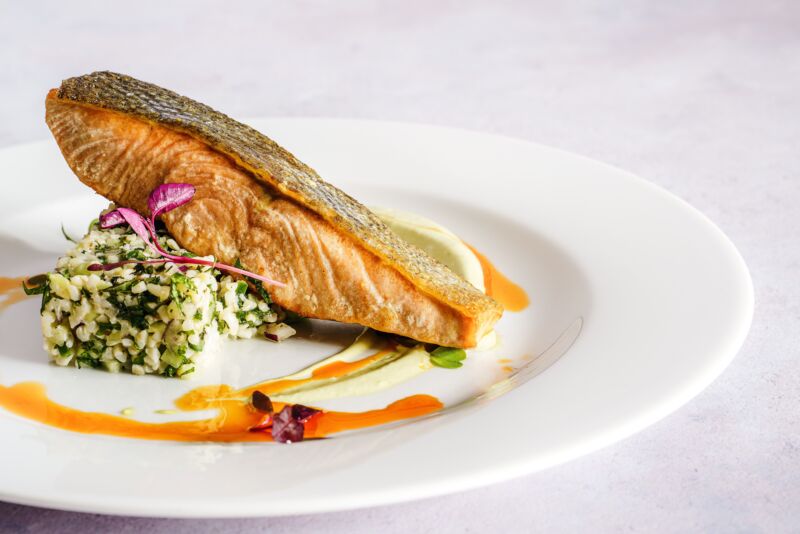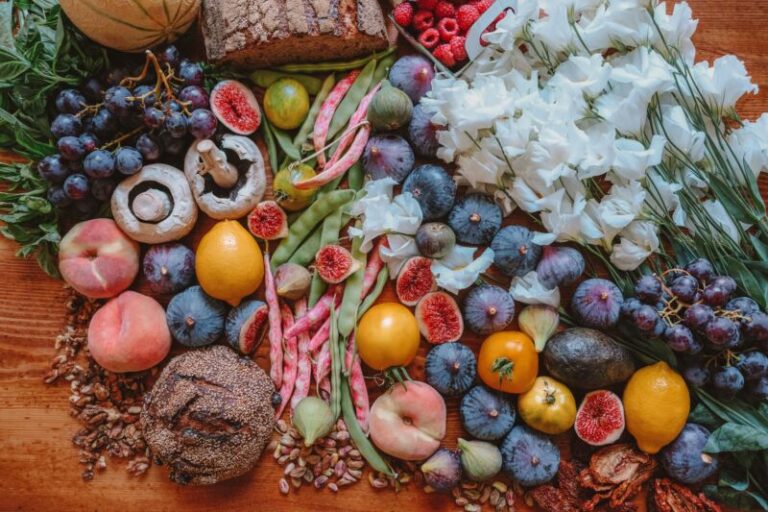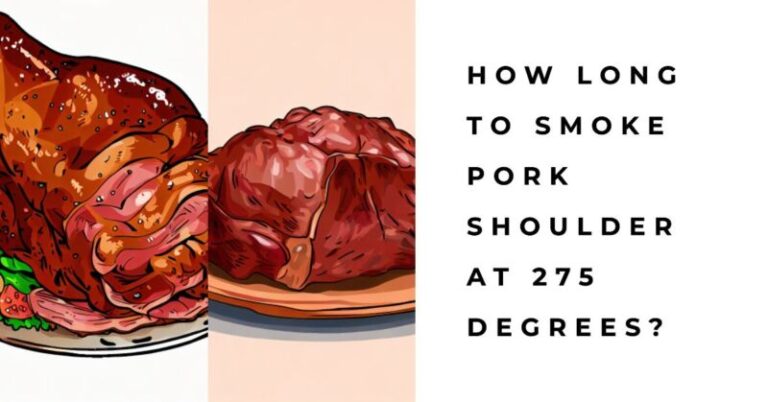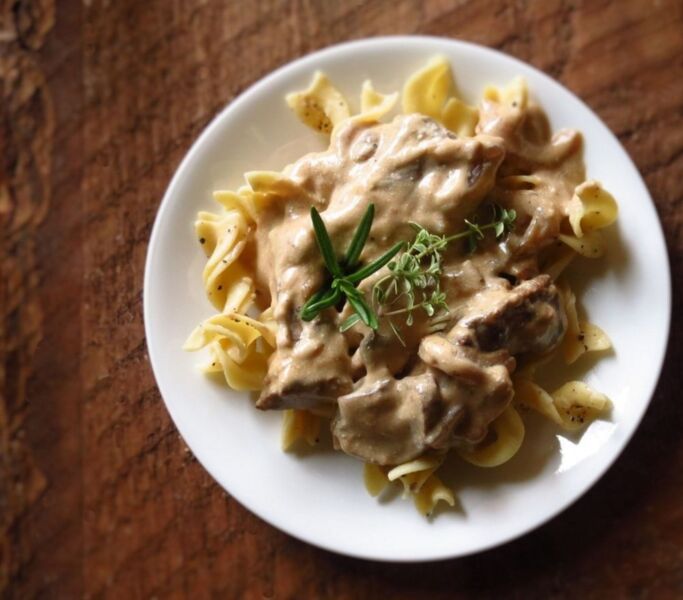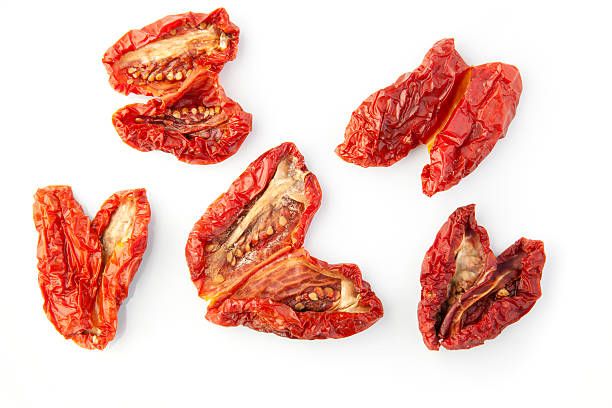What’s the Ideal Temperature to Cook Salmon
When it comes to cooking salmon, there’s a wide range of preferences among culinary enthusiasts. Factors such as the thickness of the fish and personal taste play a significant role in determining the ideal temperature for cooking.
In this article, we’ll explore the best temperatures for cooking salmon to achieve optimal results.
Best Temperature for Cooking Salmon
It’s crucial to avoid overcooking salmon, as it can result in a tough and dry texture. The recommended temperature for fully cooked salmon is 145°F. This temperature ensures that the fish is thoroughly cooked while maintaining its tenderness and moisture.
What’s The Temperature of Cooked Salmon?
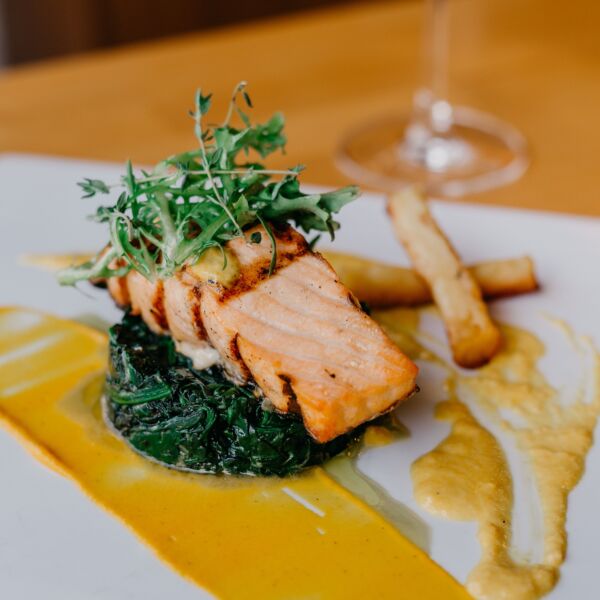
Fully Cooked Through
The United States Department of Agriculture (USDA) recommends an internal temperature of 145°F for fully cooked salmon. This guideline ensures that there is no raw or silky interior, making it suitable for serving to a large crowd with varying dietary preferences.
Medium-Rare (Farmed)
For those who prefer medium-rare salmon, the temperature range for cooking farmed filets is between 125-135°F. This lower temperature preserves the salmon’s tenderness and moisture while achieving the desired level of doneness.
Medium Rare (Wild)
When cooking medium-rare wild salmon, it’s advisable to use a slightly lower temperature range of 120-130°F. Wild salmon tends to have a higher connective tissue content due to their more active lifestyle. Additionally, leaner varieties of wild salmon require lower cooking temperatures to maintain their desirable texture and flavor.
How to Check Salmon’s Temperature
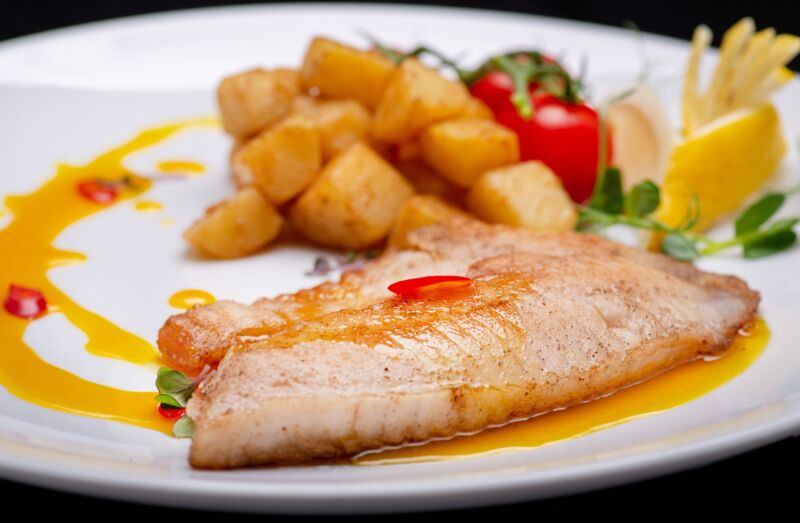
Checking the internal temperature of the salmon is crucial to ensure it reaches the desired level of doneness. Here are some methods to determine the temperature:
Instant-read thermometer
Use an instant-read thermometer by properly inserting it into the thickest part of the filet. Allow at least 10 seconds for an accurate reading.
Metal cake tester
Prick the salmon with a metal cake tester or fork tine. A cold tester indicates rare, a warm tester indicates medium rare, and a hot tester indicates the salmon is fully cooked.
Fork
Test the flakiness of the fish with a fork. If there is more resistance, it indicates a rarer doneness level.
Additional Considerations
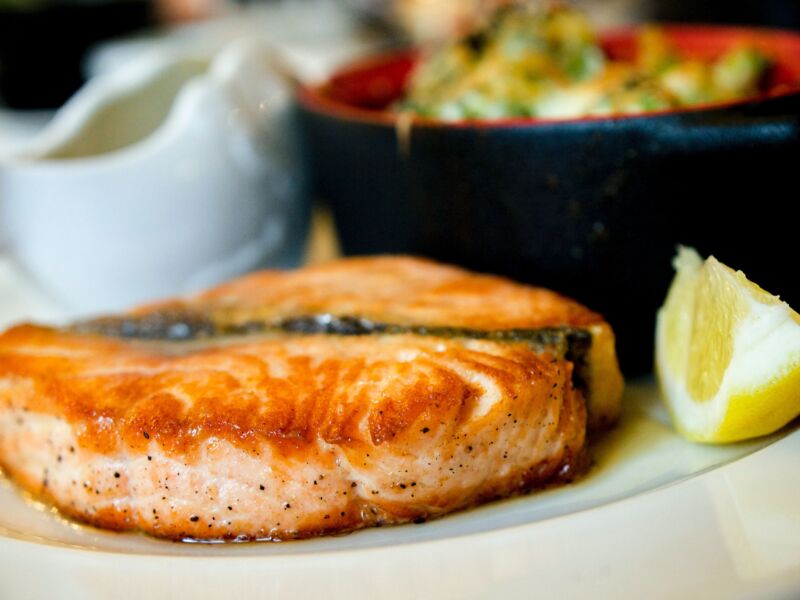
Salmon Continues to Cook After Removal from Heat Source
It’s essential to consider carryover cooking, as the salmon will continue to cook even after being removed from the heat source. To account for this, it’s advisable to adjust the target temperature accordingly to prevent overcooking.
Importance of Avoiding Overcooking
Overcooking salmon can result in a loss of tenderness and dryness. To preserve its quality, it’s crucial to avoid overcooking and adhere to the recommended temperature guidelines.
Suggestions for Salvaging Overcooked Salmon
If you accidentally overcook your salmon, there are still ways to salvage it. Consider flaking the overcooked salmon and incorporating it into dishes such as salads, pastas, or casseroles where it can be combined with other ingredients to add moisture and flavor.
Conclusion
Salmon is a versatile and nutritious fish enjoyed by many. By understanding the ideal cooking temperatures and considering personal preferences, you can achieve perfectly cooked salmon every time. Whether you prefer fully cooked or medium-rare salmon, following the recommended guidelines will help you savor the flavors and textures that make this fish so delightful.
